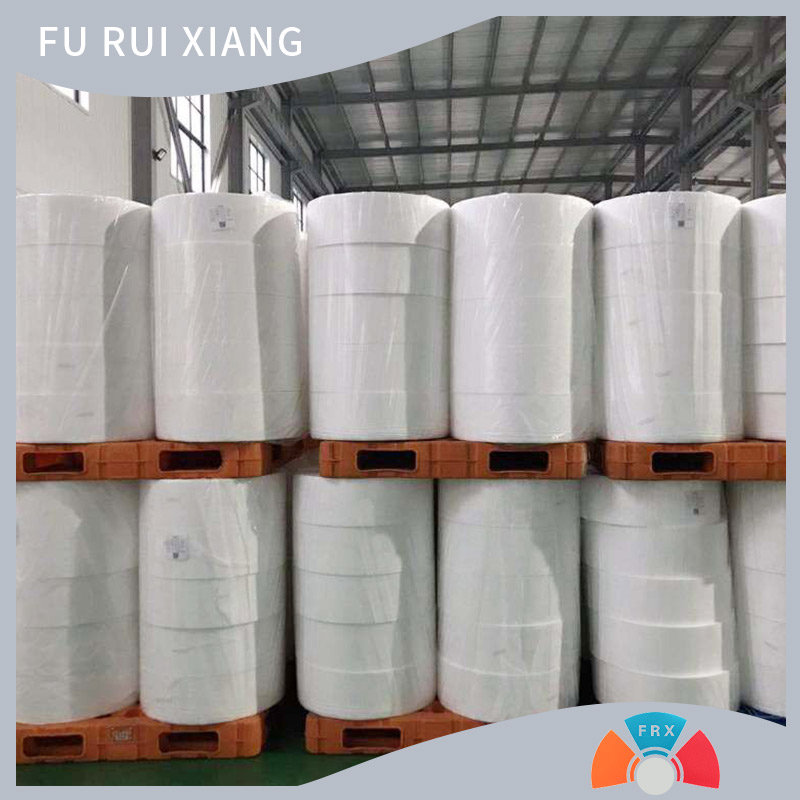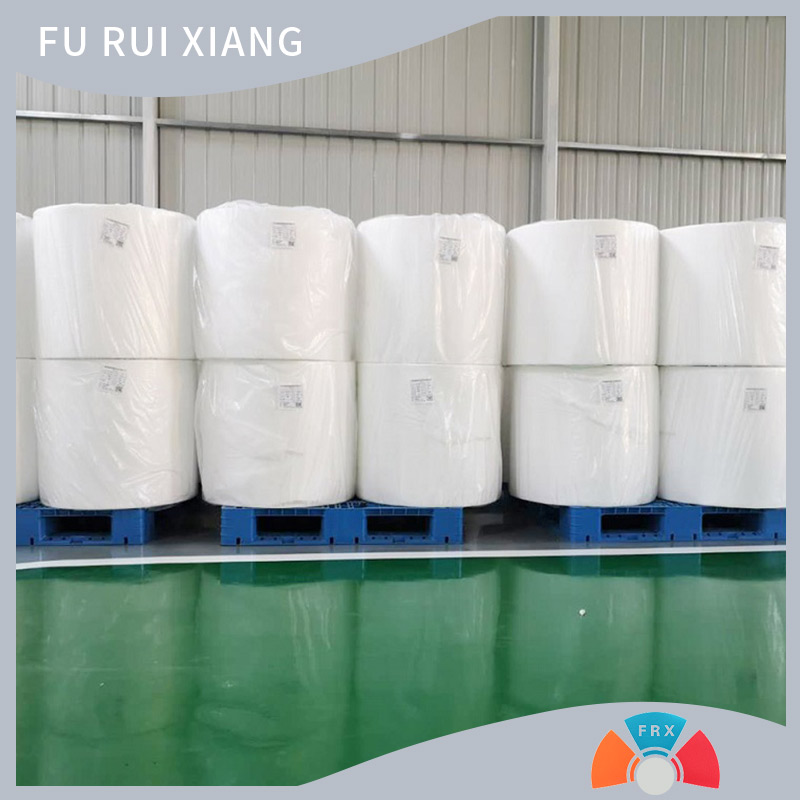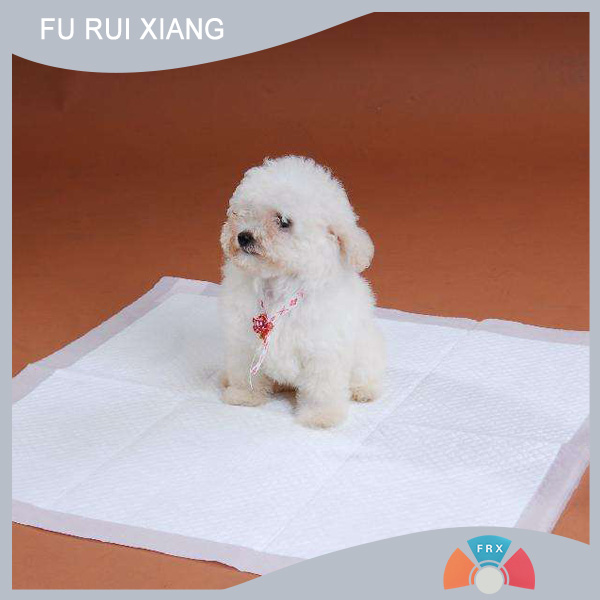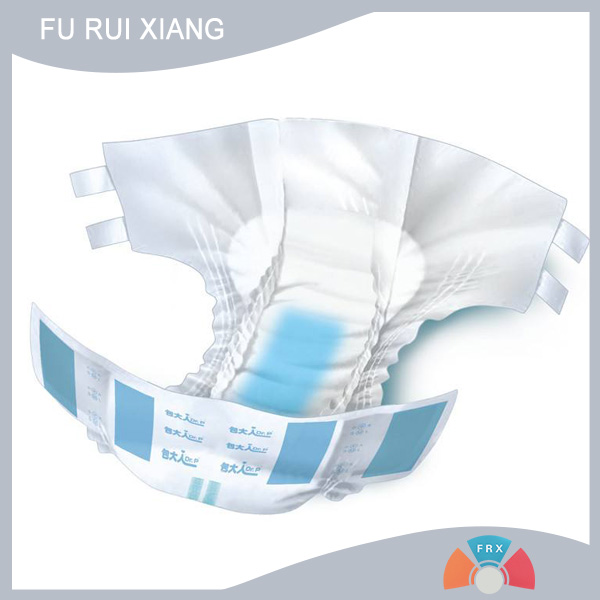Furniture non-woven fabric has a variety of characteristics and uses!
Furniture non-woven fabric is a widely used material in furniture manufacturing, featuring a variety of properties and applications. The following is a relevant introduction:
Characteristics
Soft and comfortable: It has a soft texture and a comfortable touch. When used for furniture interiors, it can provide a good skin-friendly experience.
Good air permeability: It has a certain degree of air permeability, which helps air circulation and makes the furniture more comfortable to use. Especially when used in parts of furniture that come into contact with the human body, such as mattresses and sofas, it can reduce the feeling of stuffiness and the accumulation of moisture.
High strength: Although it is made of non-woven fabric, it has certain tensile strength and tear strength, can withstand certain tensile force and friction, is not easy to break, and can ensure the durability of furniture in daily use.
Sound absorption and noise reduction: It has a certain effect of absorbing and blocking sound, which can reduce indoor noise and create a quieter home environment for people.
Strong decorative effect: It can be processed into various colors and patterns through dyeing, printing and other techniques, meeting different furniture styles and design requirements, and enhancing the beauty and overall decorative effect of the furniture.
Environmental protection and health: Usually made of environmentally friendly materials, it is non-toxic, odorless and harmless to human health, meeting the requirements of modern consumers for green and environmentally friendly furniture.
Application
Furniture interior decoration
Sofa: Fabric or lining used for sofas. When used as fabric, it can provide a soft touch and a comfortable sitting experience. Meanwhile, its rich colors and patterns can meet different decorative styles. As an inner lining, it can play a role in filling, fixing and protecting the internal structure of the sofa, and also enhance the breathability of the sofa.
Mattress: It is a commonly used material for the fabric and internal compartments of a mattress. As a fabric, it can come into direct contact with the human body, providing a comfortable sleep experience. Its breathability helps keep the mattress dry. As an internal partition layer, it can separate different mattress materials, such as springs and sponges, providing cushioning and protection.
Chair: It can be used for the seat surface, backrest and other parts of a chair. It can be used as the main fabric or as an auxiliary material. For example, it can be used as a bottom lining in leather or fabric chairs to increase comfort and durability.
Furniture packaging
During the transportation and storage of furniture: Furniture non-woven fabric can be used to package furniture and play a protective role. It can prevent the surface of furniture from being scratched or damaged by collision. At the same time, it can also prevent dust and moisture, keeping the furniture clean and intact. For some high-end furniture, non-woven fabric packaging can also enhance the overall grade and image of the product.
Furniture decoration
Decorative edge strips, decorative flowers, etc. that can be used to make furniture: These decorative components can add details and characteristics to the furniture, making it more personalized and artistic. In addition, non-woven fabric can also be used to cover some corners of furniture, making it more rounded and beautiful. At the same time, it can also play a certain protective role, preventing people from being scratched by the corners during use.
Maintenance and upkeep
Daily cleaning: If there is dust on the surface of the non-woven fabric of the furniture, it can be gently wiped with a clean soft cloth. For some stains, you can choose the appropriate cleaner according to the nature of the stain for local wiping, then rinse it with clean water and let it dry.
Avoid direct sunlight: Prolonged direct sunlight may cause non-woven fabrics to fade and age. Therefore, furniture should be placed in a location away from direct sunlight as much as possible, or curtains can be used for shading.
Prevent scratches from sharp objects: During use, avoid having sharp objects come into contact with the non-woven fabric of the furniture to prevent surface scratches, which may affect its appearance and service life.
Regular flipping and patting: For non-woven fabrics used in mattresses, sofas, etc., regular flipping and patting can keep them fluffy, restore their elasticity, extend their service life, and also help maintain their breathability and comfort.
- Autumnal Equinox
- The operation situation of the textile industry from January to July 2025!
- The situation of the textile and garment industry is relatively stable!
- September's Health Protection: The "Softness" Power of Eisai Nonwoven Fabric!
- A detailed introduction to Weicai non-woven fabric!
- The development trend of the textile fabric industry!
- Qingdao Furuixiang Plastic Technology Co., LTD. Furniture Non-woven Fabric: A practical decorative material suitable for
- Qingdao Furuixiang Plastic Technology Co., LTD. Spunbond Nonwoven Fabric: The mainstream molded category in nonwoven fab
- Green and low-carbon, the textile industry is accelerating its "breakthrough"!
- Furniture non-woven fabric: A furniture auxiliary material that combines practicality and aesthetics!










